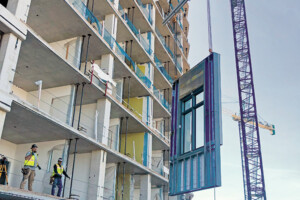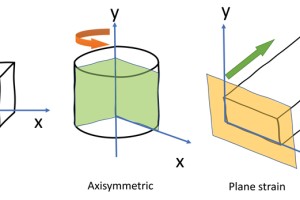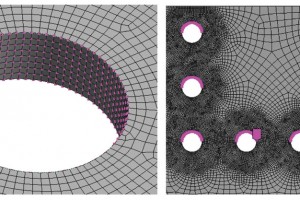The key is discovering value and avoiding waste.
Building Information Modeling (BIM) is used extensively throughout the construction industry, with some trades fabricating directly from BIM as standard practice. Even steel rebar for cast-in-place concrete is being modeled and fabricated using BIM. So why isn’t all Cold-Formed Steel (CFS) framing included in a model, and why do some CFS contractors consider BIM a waste of time?
…


